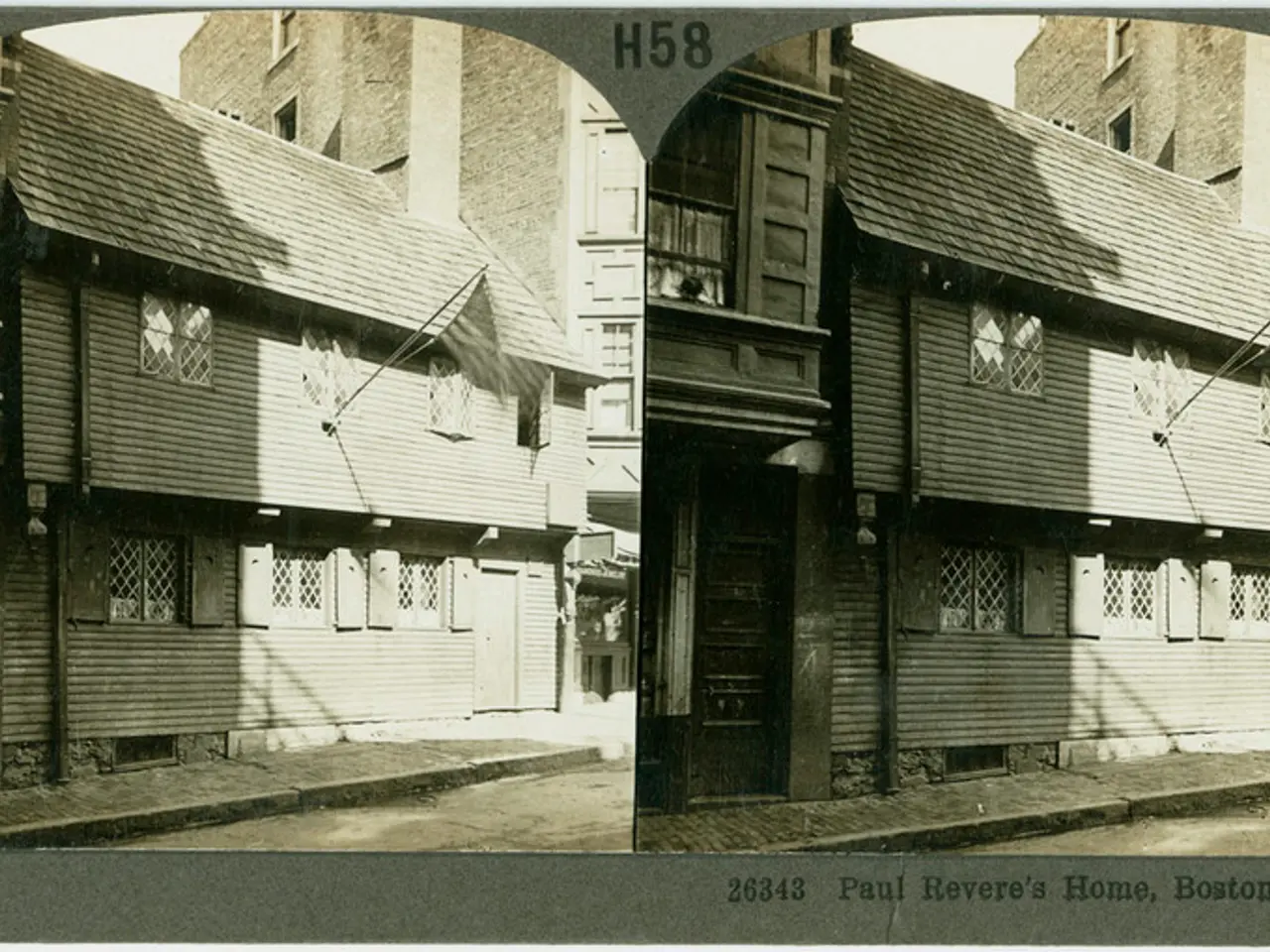Iconic Photographer, the Late Gianni Berengo Gardin, Hailed as a 20th Century Giant
Gianni Berengo Gardin (1930-2025): A Lifetime of Documenting Reality
Gianni Berengo Gardin, a prominent figure in 20th-century photojournalism, passed away at the age of 94 in Genoa. Known for his deeply humanist and documentary black-and-white photography, Berengo Gardin was an ethical witness and poet of reality who chronicled modern Italian life[1][2].
Born on October 10, 1930, in Santa Margherita Ligure, Italy, Berengo Gardin considered Venice his true birthplace, where he studied and took his first steps in photography[1]. His journey in photography began after discovering the works of the American Farm Security Administration and photographers like Eugene Smith and Dorothea Lange[2].
Berengo Gardin's official debut took place in 1954 on the pages of the weekly "Il Mondo", directed by Mario Pannunzio[1]. He joined the photography circle 'La Gondola' and was later invited by Italo Zannier to join the Gruppo Friulano per una Nuova Fotografia[1]. Later, he founded the photography group 'Il Ponte' with his friends[1].
His work focused on reportage and editorial photography, capturing the social fabric of Italy—workers, children, rural and urban life, and intimate moments—with empathy, honesty, and a restrained visual poetry that sought truth without imposition[1][2]. He adhered firmly to analog photography and black-and-white film, valuing their ability to express reality purely and without distraction[1].
Berengo Gardin is best known for his powerful reportage on Italian asylums, particularly his work in 1969, "Morire di classe" (Einaudi), which revealed inhuman conditions in Italian asylums[2]. He preferred civil commitment over the search for a personal style, stating, "My work is not artistic, but social and civil. I don't want to interpret, I want to tell."[2]
Throughout his career, Berengo Gardin collaborated with major Italian institutions such as Olivetti and Fondo Ambiente Italiano[1]. He participated in numerous exhibitions, including the Photokina in Cologne, the Expo in Montreal in 1967 and the Expo in Milan in 2015, the Venice Biennale, and the famous "The Italian Metamorphosis, 1943-1968" exhibition at the Guggenheim Museum in New York in 1994[2].
In 2022, a large retrospective, "The Eye as a Profession", was held at the Maxxi in Rome[2]. Among his most recent solo exhibitions, "True Photography. Reportage, Images, Encounters" at the PalaExpo in Rome in 2016 traced his long career through major reportages and over 250 photographs[2].
Berengo Gardin had over two million negatives, more than 260 published books, over 360 personal exhibitions worldwide, and a career consecrated by international awards[2]. He lived in various cities, including Venice, Rome, Lugano, Paris, and Milan, and had a long career as a professional reporter, collaborating with major Italian and international newspapers[1].
Berengo Gardin, an ethical witness, a poet of reality, and a discreet but tireless observer of changing Italy, leaves behind a rich legacy that reflects an artisanal dedication to both the craft and the truthful documentation of everyday life[3]. His work will continue to inspire future generations of photographers.
[1] Biography of Gianni Berengo Gardin
[2] Gianni Berengo Gardin: A Retrospective
[3] Gianni Berengo Gardin: The Poet of Reality
[4] Gianni Berengo Gardin: The Ethical Witness
[5] Gianni Berengo Gardin: A Photographer's Photographer
Embracing sustainable living and championing the simple joys, Gianni Berengo Gardin’s home-and-garden photographs reveal a tender ode to nature, documenting the rhythm of the seasons and the beauty of ordinary life.In the pursuit of a more ethical lifestyle and a less consumptive work environment, Berengo Gardin’s dedication to embracing traditional film photography exemplifies a commitment to sustainability, reducing the carbon footprint of his artistic process.




